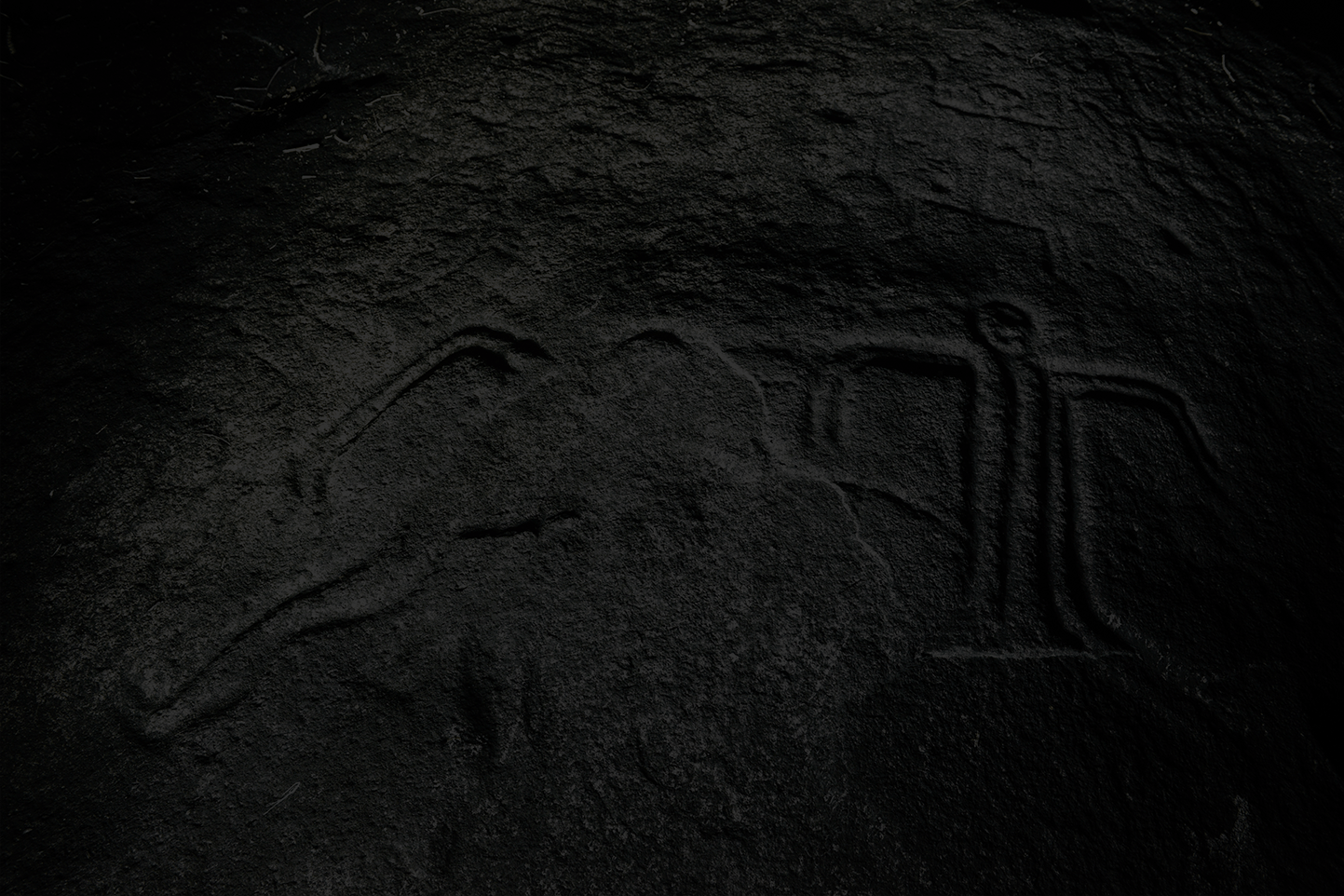They are local or native photographers. Their eye is engaged and feminist.
They do not look at themselves but are the eyes of these exemplary women who all over the world propose original alternatives to build a more just and sustainable world.
They are part of a process of reappropriation of the image by these peoples themselves. Through these photographs, the power, the beauty but also the wisdom of these women are drawn.
This project also participates in deconstructing our Western view of indigenous cultures, which is often reductive and backward-looking, and opens a page of photographic history where the other, the one we don't know, becomes an actor in his own history and thus in ours.
The images produced as part of the Voices of Native Women project are collected in a photo library available to public institutions and academics.

